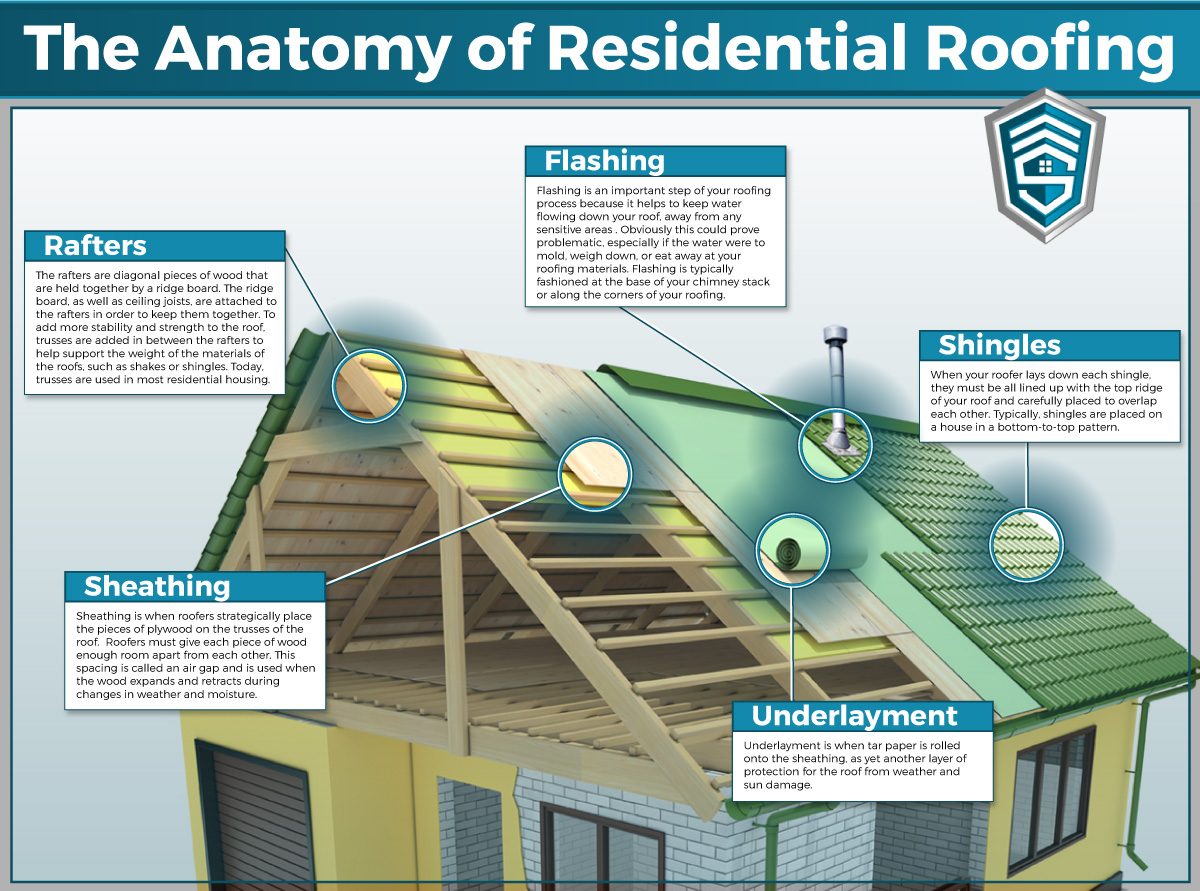An Intro To The Fundamentals Of Solar Energy Solutions And Their Performance
An Intro To The Fundamentals Of Solar Energy Solutions And Their Performance
Blog Article
Developed By-Noonan Hendriksen
So, you've become aware of photovoltaic panels and their prospective to generate power from sunshine, yet exactly how precisely do they function? Understanding the elaborate technology behind solar panels can be a fascinating journey into the globe of renewable resource. From the basic concepts of photovoltaic cells to the elaborate parts that compose a photovoltaic panel system, there's an entire realm of understanding waiting to be checked out. Let's untangle the secrets of solar panel modern technology together.
Solar Panel Innovation Principles
To really grasp the significance of photovoltaic panel technology, you need to explore the basic principles that underpin its capability. Solar panels include photovoltaic cells, generally made from silicon, which have the exceptional ability to transform sunlight right into power with the photovoltaic or pv effect. When sunlight hits the cells, the photons in the light interact with the silicon atoms, creating the electrons to break without their atomic bonds. This produces an electrical current that can after that be utilized for powering various devices.
The crucial component of photovoltaic panels is the semiconductors within the solar batteries, which facilitate the conversion of sunshine right into useful electrical energy. These semiconductors have both favorable and adverse layers, creating an electric field that allows for the circulation of electrons.
This flow of electrons, when linked in a circuit, creates straight existing (DC) electrical energy. Recognizing these basic concepts is crucial for appreciating exactly how photovoltaic panels can harness the sun's energy to power homes, services, and also satellites in space.
Exactly How Solar Panels Generate Electrical Power
Solar panels harness the sun's power by transforming sunlight right into electrical energy through a process called the photovoltaic effect. When sunshine hits the photovoltaic panels, the photons (light bits) are taken in by the semiconducting products within the panels, normally made from silicon. This absorption generates an electrical present as the photons knock electrons loose from the atoms within the product.
https://solarpaneloutput09764.qodsblog.com/29381982/your-look-for-the-suitable-photovoltaic-panel-kind-for-your-home-begins-here-with-significant-components-prepared-to-be-discovered-are-you-outfitted-for-this-venture within the solar cells after that require these electrons to move in a particular direction, producing a direct present (DC) of electrical energy. This direct current is after that gone through an inverter, which transforms it into rotating current (A/C) electricity that can be utilized to power your home or organization.
Excess electrical power generated by the photovoltaic panels can be kept in batteries for later usage or fed back right into the grid for credit score through a process called net metering. Comprehending exactly how solar energy company names create electrical power is important to valuing the ecological and cost-saving advantages of solar power systems.
Comprehending Photovoltaic Panel Parts
One crucial element of solar panel modern technology is recognizing the different components that comprise a photovoltaic panel system.
The vital components of a photovoltaic panel system include the photovoltaic panels themselves, which are composed of photovoltaic cells that transform sunlight right into electricity. https://www.wral.com/vet-carefully-before-investing-in-home-solar-panels/20641198/ are placed on a structure, frequently a roof, to catch sunshine.
Along with the panels, there are inverters that convert the straight current (DC) power generated by the panels into rotating current (AC) electrical power that can be utilized in homes or companies.
The system additionally consists of racking to sustain and place the solar panels for ideal sunshine direct exposure. Additionally, cords and connectors are essential for delivering the power generated by the panels to the electrical system of a building.
Finally, a monitoring system may be included to track the performance of the photovoltaic panel system and guarantee it's functioning efficiently. Comprehending these components is crucial for any individual seeking to install or use solar panel technology efficiently.
Final thought
Now that you comprehend the essentials of solar panel technology and exactly how it works, you can appreciate the power of harnessing sunshine to produce clean and renewable resource for your building. By making use of the photovoltaic or pv impact and elements like inverters and keeping an eye on systems, you can add to an extra sustainable future while additionally potentially saving money on power expenses. Keep understanding and exploring the possibilities of solar energy for a greener tomorrow.
